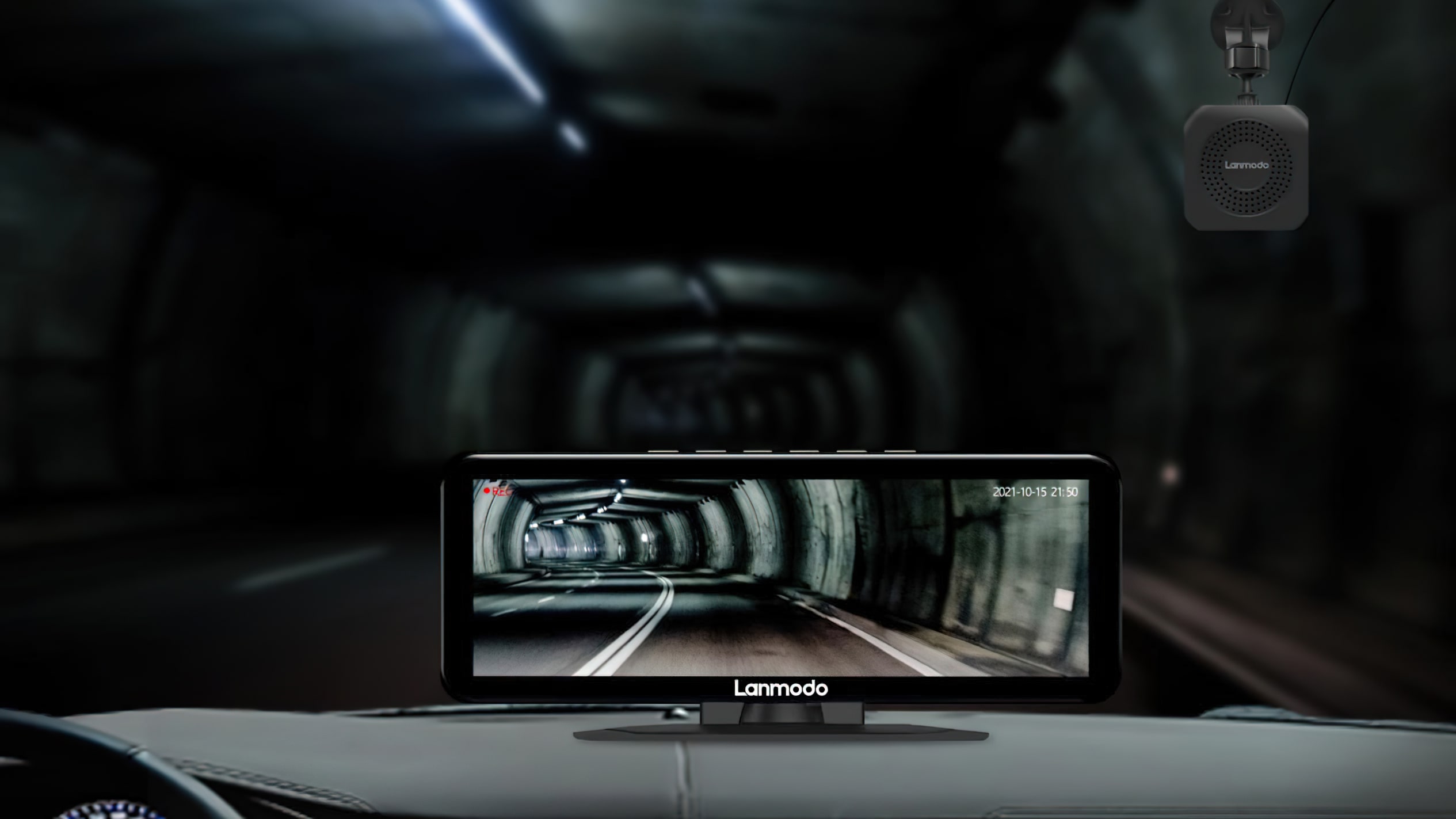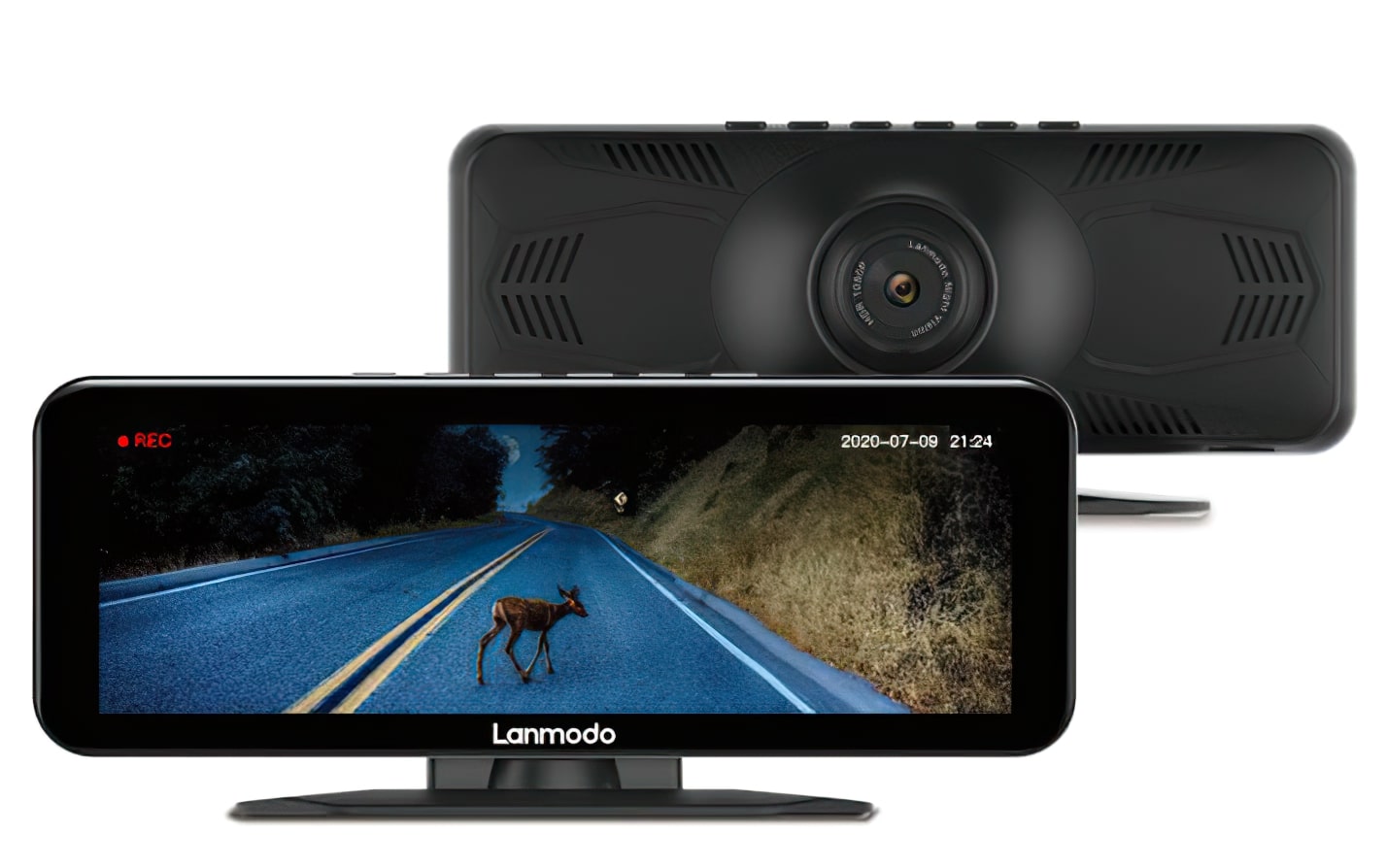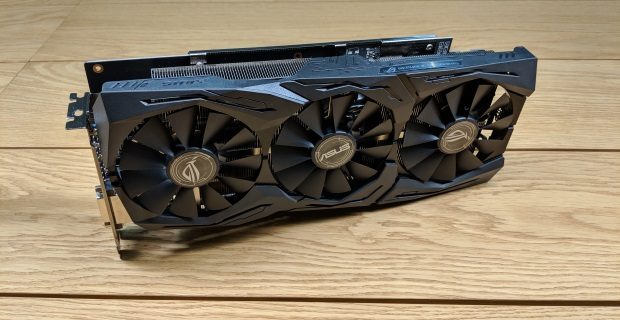
Now that the RX 580, AMD’s patriarch of the Polaris structure household, is lastly again in inventory and at cheap costs, it’s time to rethink its viability because the centrepiece of a mid-range construct. For these unaware, the RX 580 is available in each 4GB and 8GB VRAM flavours. I’m masking the latter right here, and it’s onerous to make an argument as to why you’d think about the previous: it’s not that less expensive, however does primarily reduce you off from the flashiest graphical stuff (like Ultra-high high quality textures) in video games which assist them. Having much less reminiscence can even usually scupper you when operating with larger resolutions, and contemplating that the RX 580 seems to have been made with 1440p firmly in AMD’s collective thoughts, 8GB simply makes extra sense.
Once once more, it’s an Asus ROG Strix OC Edition I’m testing, although for the reason that overclock in query has such a tiny enhance pace improve from 1340MHz to a most of 1380MHz, it ought to be consultant of most partner-made RX 580s. This costs £330, which is lots contemplating MSI, Gigabyte and XFX all have different fashions for round £280 or much less. Here, nevertheless, you do get three followers, a sturdy backplate and an additional HDMI port for VR package to your hassle.
First up on benchmarking duties is Doom. Unsurprisingly, the RX 580 makes this look very fairly (in a dirty manner) certainly – it’s not massively higher than the RX 570 at this res, however does appear much less vulnerable to micro-stutter, to the extent that it by no means occurs in any respect. 1440p can be suitably quick, with the benfit of added sharpness. It’s solely at 4K that the cardboard struggles, nearly getting by in quiet corridors, however dropping its grip utterly throughout operating battles. On Ultra settings, anyway; flip them down a stage or two and first rate efficiency is inside attain.
Hitman was additionally wanting suitably sharp, at each 1080p and 1440p. Its much less highly effective sibling the RX570 didn’t significantly battle with this recreation, however the RX 580 actually kicks it up a notch. 1440p may maybe be smoothed out a bit with decreased settings, however to my eyes it runs tremendous with every thing cranked up. As for 4K, the RX 580 largely retains it collectively – to its credit score – however when the display will get really full of shuffling NPCs, you’ll must knock down these settings once more.
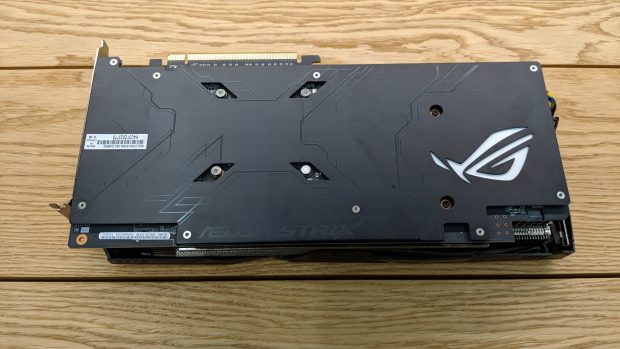
Middle-earth: Shadow of War might be the most effective demonstration of why it may be price investing in some further reminiscence; on 1080p, we may have every thing maxed out and nonetheless get easy operating all through. It’s playable at 1440p as properly, although 4K poses a trickier scenario. Still utilizing Ultra settings, the RX 580 manages to keep away from succumbing to the stress, however solely simply – and for pacey sword stabbery, we’d fairly have further frames than the finest-quality orc hairs on present.
At least this was higher than in 4K Tomb Raider, which was merely an excessive amount of for AMD’s card to take with Very High settings. That mentioned, dropping to High speeds issues as much as the purpose the place it’s nearly playable, and to be truthful the RX 580 takes 1080p and 1440p comparatively simply. There’s no drawback in any way with Very High on Full HD, and on 1440p – very similar to Shadow of War – it could possibly be made to run smoother, but it surely’s a pleasant sufficient stability of swanky visuals and pragmatic efficiency.
Total War: Warhammer II, at all times a toughie, additionally did fairly properly on the RX 580. The RX 570 crumbled on this recreation, so it’s good to see its greater brother holding agency even with lots of of models filling the display. Upon beginning our 1440p check, nevertheless, it…err, crashed. A extra profitable second run confirmed the RX 580 isn’t horrible at this res, however groans a tad on the battle map, and sometimes has hassle on the marketing campaign map, too. You’ll undoubtedly wish to disable some settings. 4K is just about a misplaced trigger, to be sincere, except you’re keen to simply accept probably the most fundamental constancy.
Wolfenstein II, alternatively, performs impeccably. The RX 580 helps it tick alongside easily and stably, with out even the slightest jitter at both 1080p or 1440p. All the best way up at 4K, it solely actually suffers in additional chaotic moments, and even then it holds it collectively an terrible lot higher than Doom did.
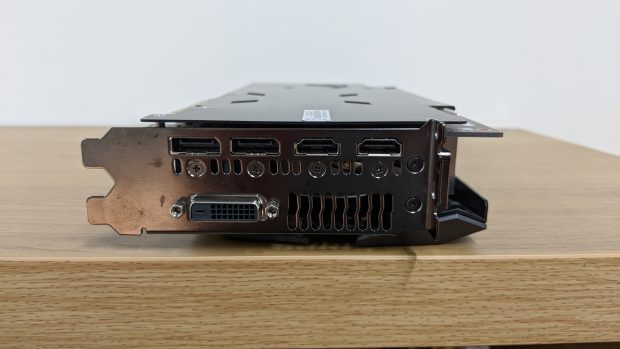
The Witcher III additionally seems to be fairly good-looking at each of the decrease resolutions. At first I believed I’d left among the decrease settings enabled from testing the RX 570, however nope – it was the RX 580 juggling every thing on full. 4K doesn’t run in addition to the visuals maybe deserve, however I may nonetheless play it tremendous. The greater concern was that this res appears to make the fan pace go nuts.
Lastly, in Assassin’s Creed Origins, the RX 580 as soon as once more beat the RX 570 fairly handily. On Ultra High high quality, nevertheless, it slows noticeably in populated villages. Very High, the following choice down, produces okay outcomes, however High seems to be to be the most effective match – at 1440p in addition to 1080p, apparently sufficient. 4K play is, shock horror, sufficient slower. You’ll should slink all the best way right down to Medium high quality to even get issues playable, and at that time, is it even price it?
Maybe not, however for succesful 1440p gaming and beneath, the RX 580 acquits itself properly. I’ve saved mentioning the RX 570, which is lots brisker in my head, however let’s be actual: it comes right down to both this, or Nvidia’s GTX 1060. Both are sturdy at 1080p, principally nice at 1440p and may have the ability to do a little bit of 4K (in sure older or usually extra easygoing video games, anyway).
This has an additional 2GB of reminiscence on the 6GB GTX 1060 as properly, which in idea ought to assist with larger resolutions and tip-top texture high quality in video games like Shadow of War. In observe, although, these two playing cards carry out kind of in addition to one another (besides in VR, for which the GTX 1060’s Pascal structure is a little bit higher optimised than Polaris). Both price about the identical as properly, so except you’ve already purchased into the entire Vive/Oculus factor, it’s probably wiser to go with the RX 580.

